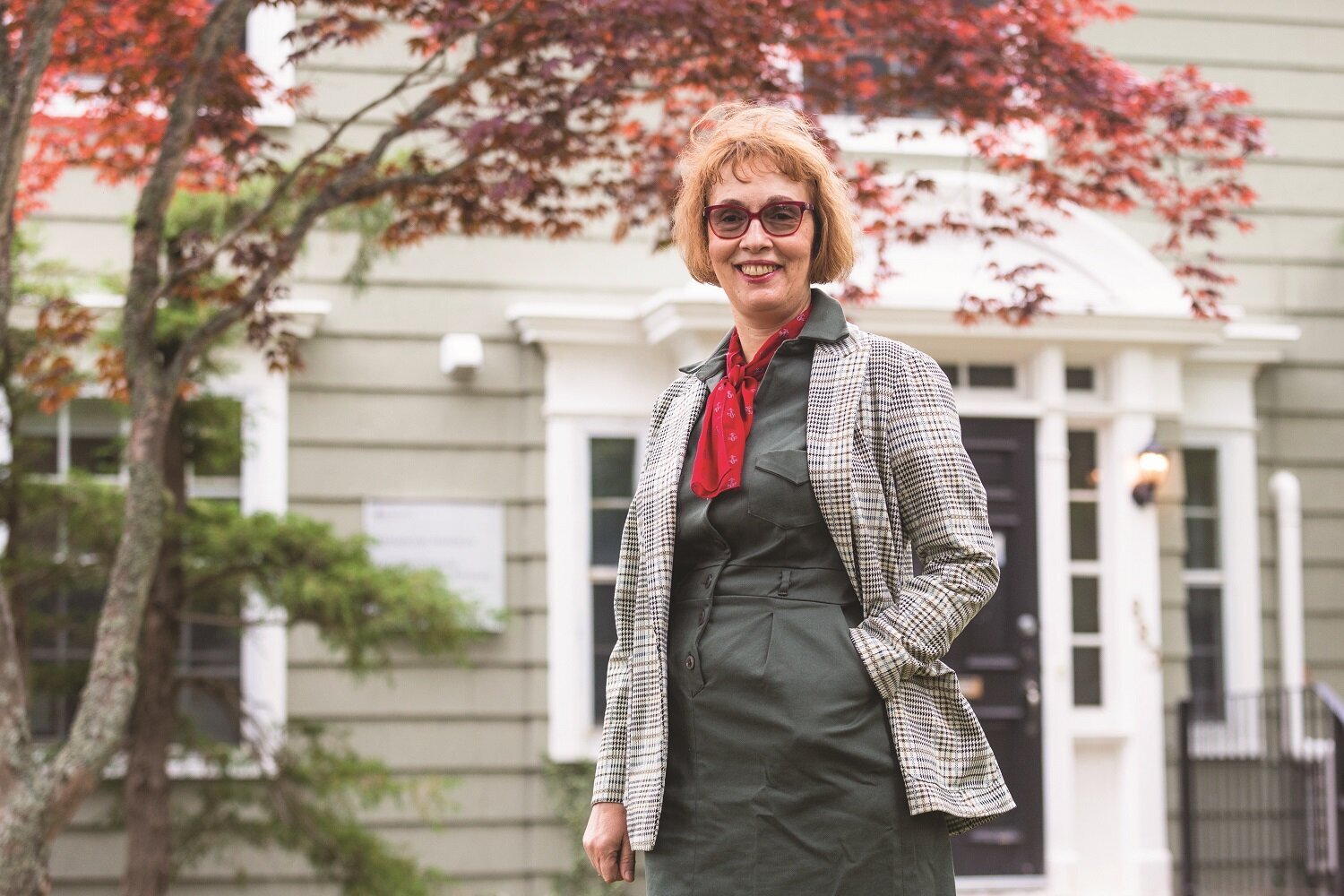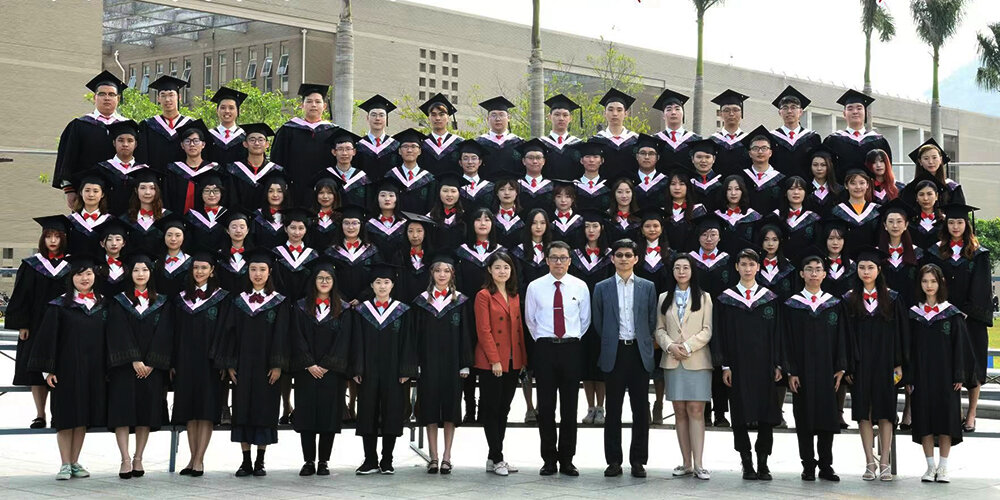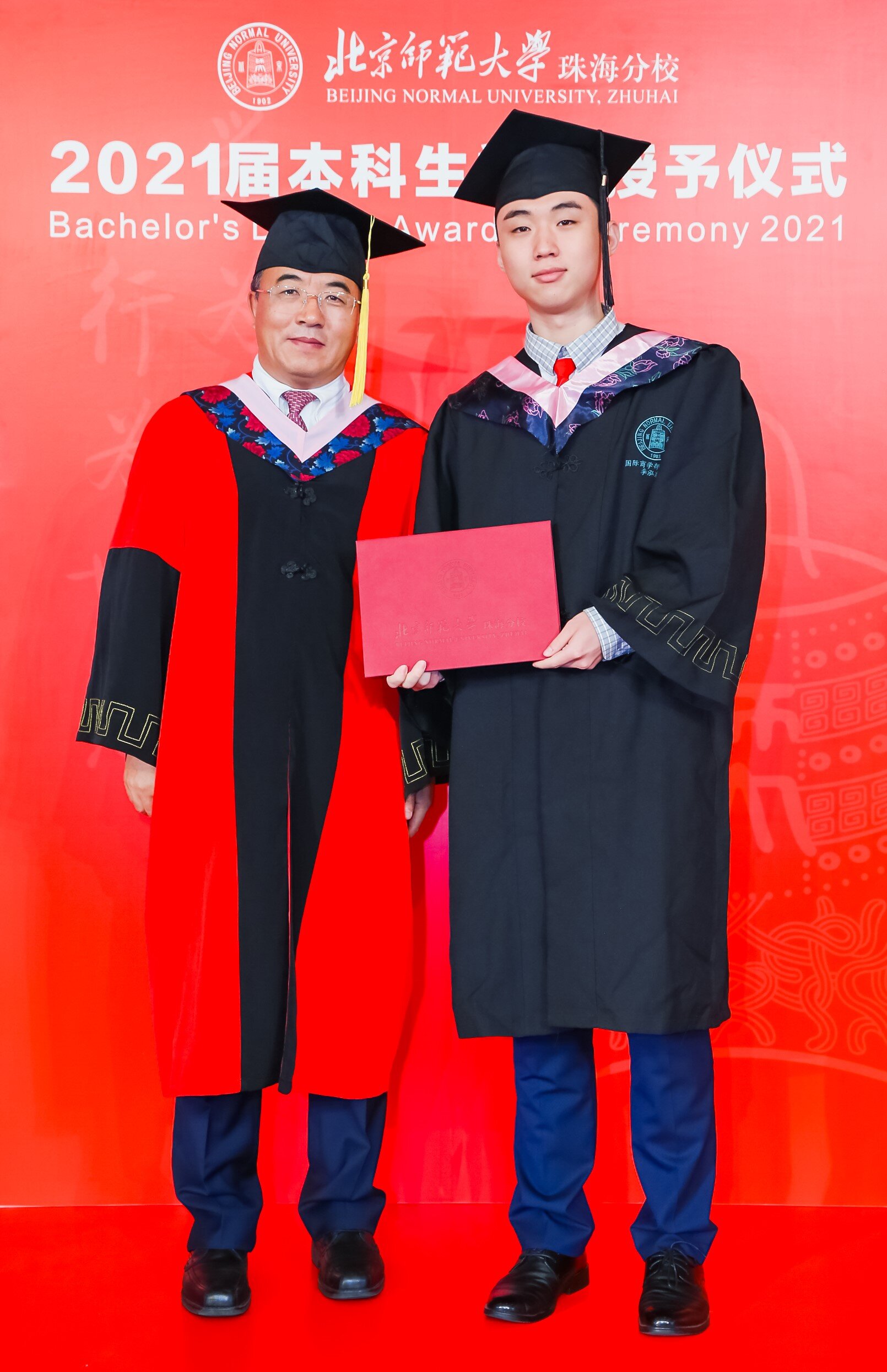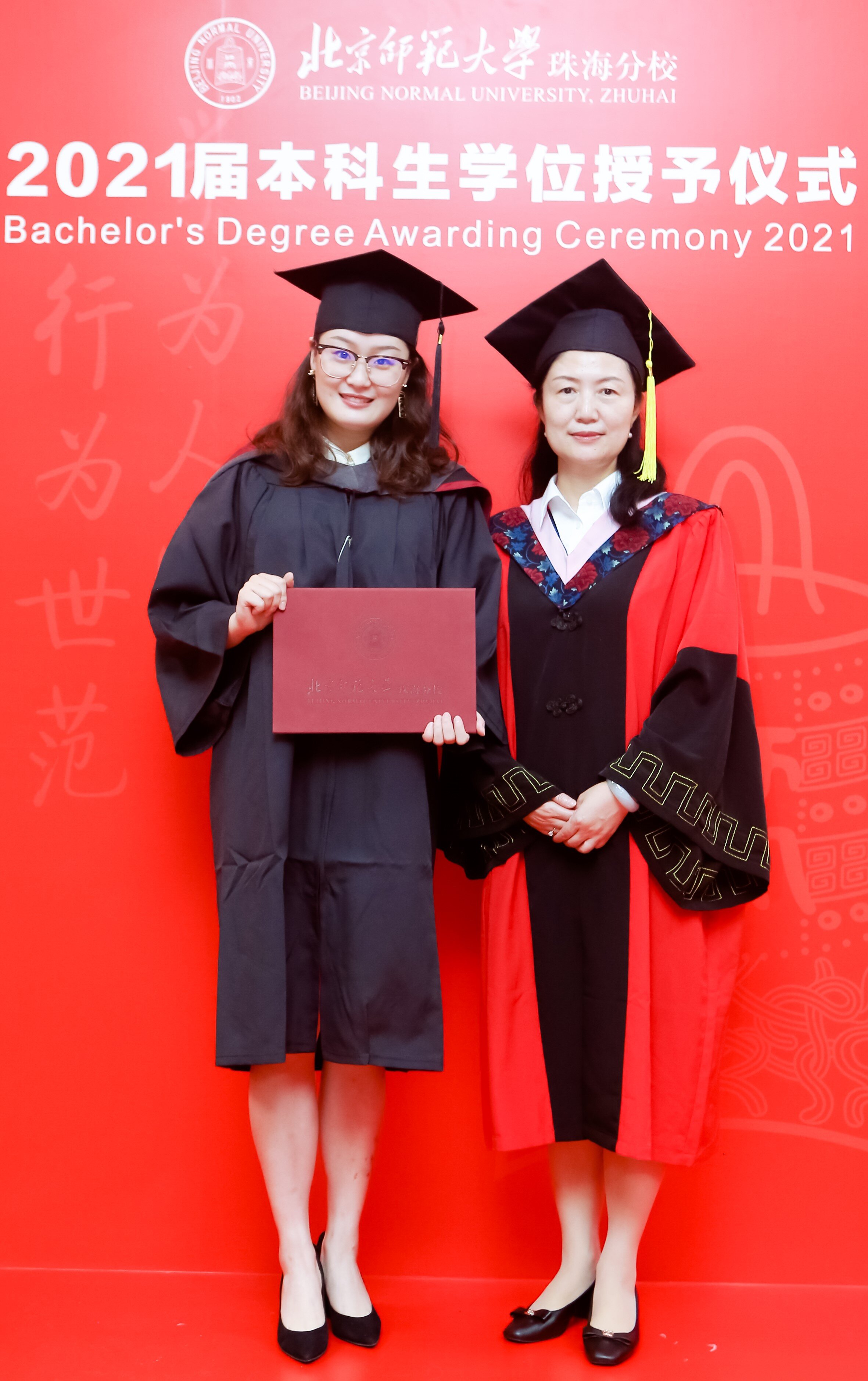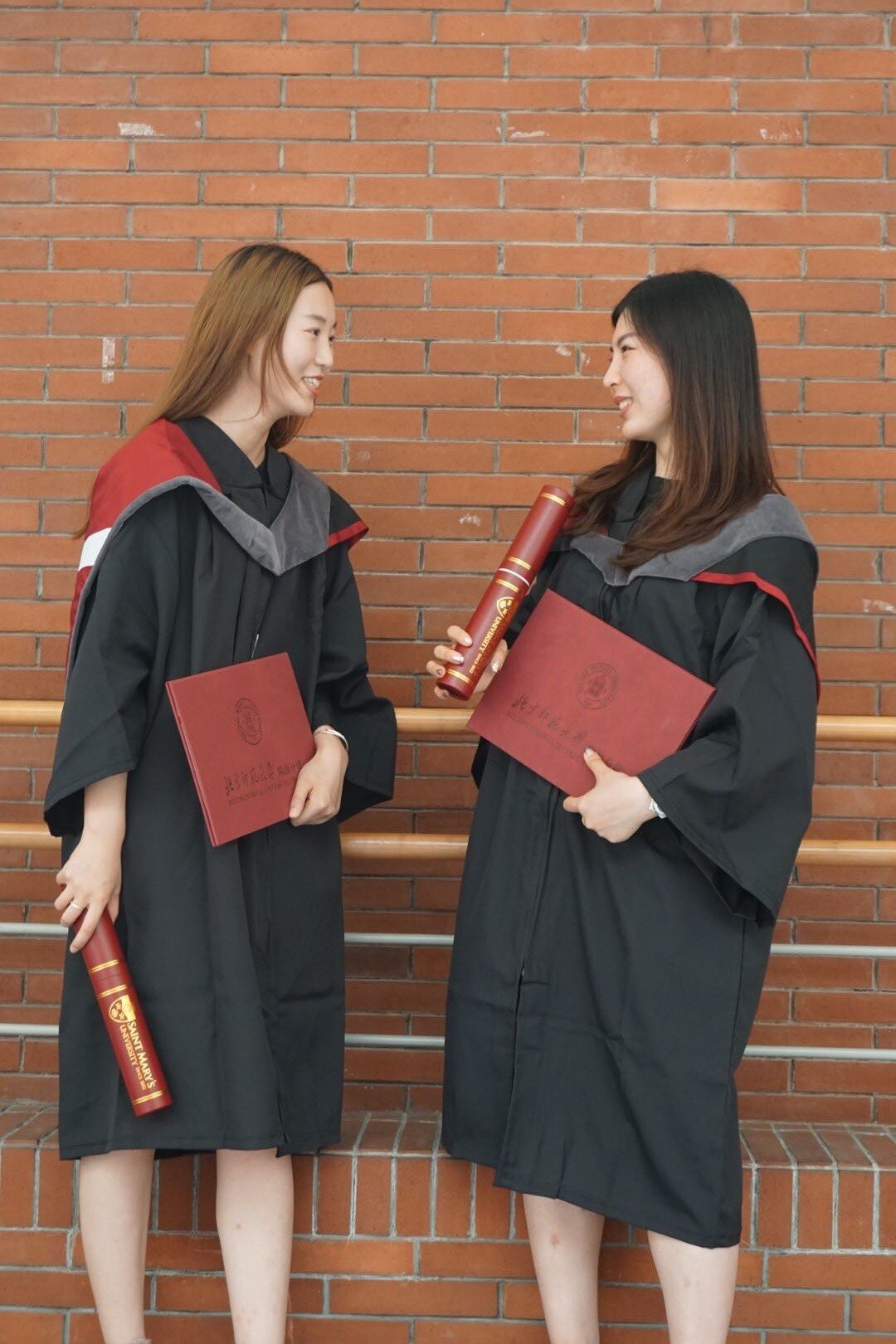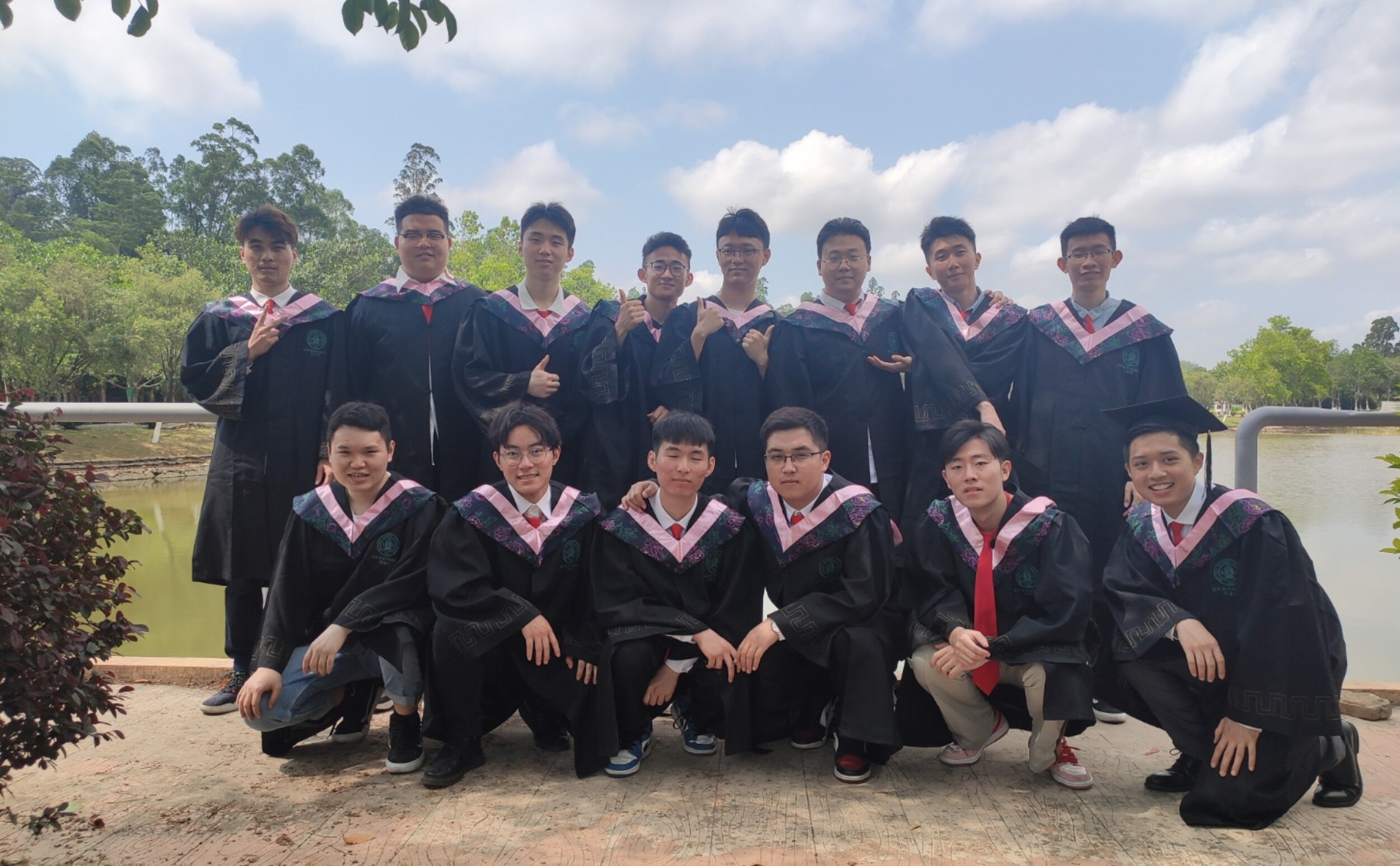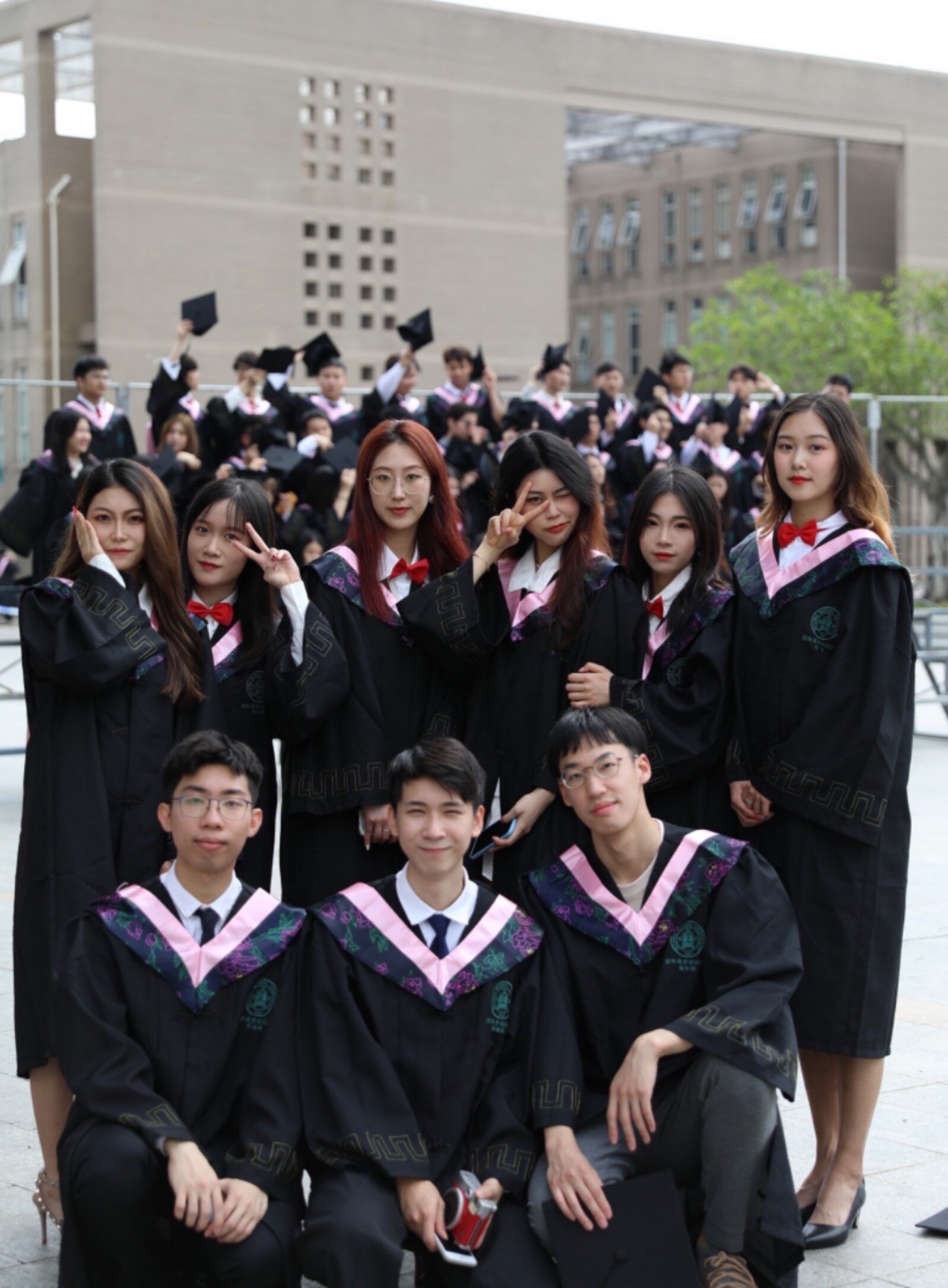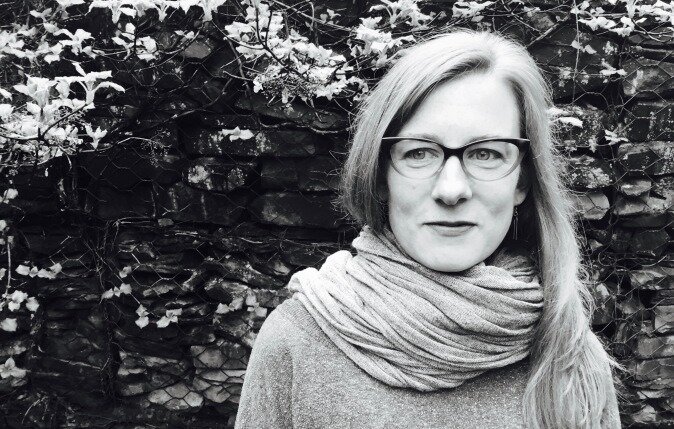Two Saint Mary's sociology professors are on a Halifax research team that has received a grant from the national Exploration competition of the New Frontiers in Research Fund (NFRF). The federal funding has an objective of supporting “high-risk, high-reward and interdisciplinary research” to strengthen Canadian innovation.
Dr. Evie Tastsoglou and Dr. Eugena Kwon will investigate the changing public perceptions and social constructions of immigrants and refugees in Canada, starting from the time of Confederation to the current COVID-19 era. The research will also examine how these perceptions are systematically connected to specific economic, demographic, and political developments in the ongoing making of the Canadian state.
Titled “Visual analytics for text-intensive social science research on immigration,” the project will also introduce and evaluate a new artificial intelligence methodology for text-intensive social science research.
“The game changer in this research will be the consolidation of a new interdisciplinary way of working with disciplines that are far removed from social science,” explains Tastsoglou, who received the 2020 President’s Award for Excellence in Research at Saint Mary’s in February.
She and Kwon are collaborating with Dr. Evangelos Milios, a researcher from Dalhousie’s Faculty of Computer Science, who is the project’s co-principal investigator along with Tastsoglou. They will be pioneering new applications for natural language processing (NLP) and visual analytics (VA) systems, in hopes of enabling social scientists to retrieve and analyze much larger document sets than ever before.
This research will focus on news content going back to the mid-1800s in two national newspapers, The Globe and Mail and Toronto Star (and their antecedents). It will also use the technology tools and a number of keywords to sift through court decisions, parliamentary debates and 21st century social media data.
“In the social sciences in general, it’s hard to cover mass amounts of information,” explains Kwon, co-applicant in the funding competition. “One of the main strengths of our project is, by collaborating with computer scientists and using visual analytics, it will help make it feasible for us to cover massive amounts of information.”
Without the visual analytics tools, it would be nearly impossible to manually collect and analyze historical texts spanning nearly two centuries. Input from the sociologists will be key to helping the computer scientists design and refine a text-retrieval system that will collect data that is most relevant to their immigration research.
“As social scientists, there’s no limit to what we can do if this is successful,” adds Kwon.
According to the team’s funding proposal, “Canada’s humanitarian tradition has been a pole of attraction to new immigrants and refugees and a source of pride for all Canadians. Understanding the changing, and often contradictory, perceptions/constructions of immigrants/refugees in Canadian history … will be of great benefit to scholars, policy-makers and the broader public. It may debunk certain taken-for-granted ‘truths’ about Canada but it can also help shape more informed policy to cope with economic and social challenges of the 21st century.”
The project will receive $250,000 over two years. This year’s NFRF awards, announced May 31, are supporting 117 research projects across Canada with “the potential to yield game-changing results in social, cultural, economic, health-related or technological areas”.
The New Frontiers in Research Fund is administered by the Tri-agency Institutional Programs Secretariat on behalf of Canada’s three research granting agencies: the Social Sciences and Humanities Research Council (SSHRC), the Canadian Institutes of Health Research (CIHR) and the Natural Sciences and Engineering Research Council (NSERC).

